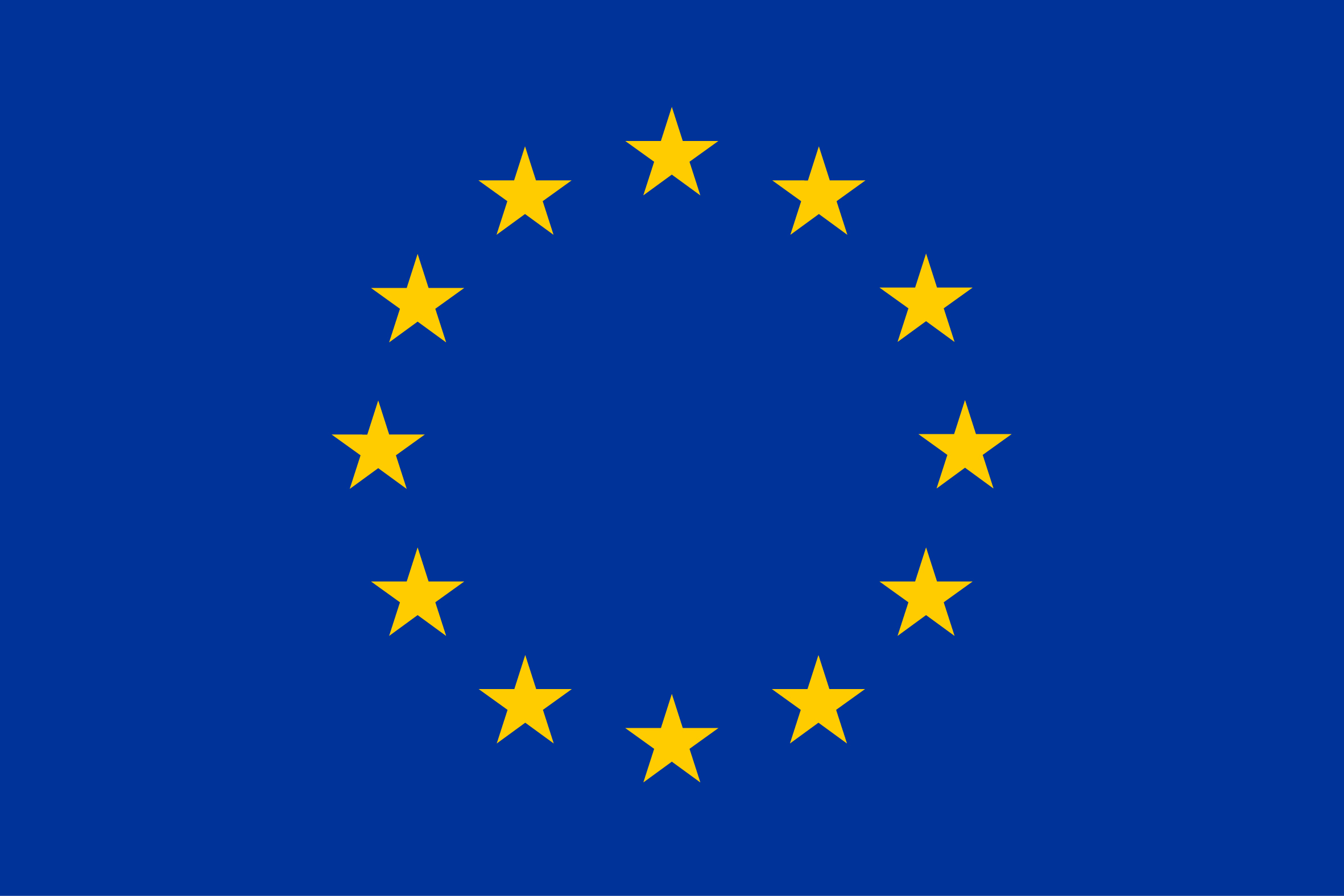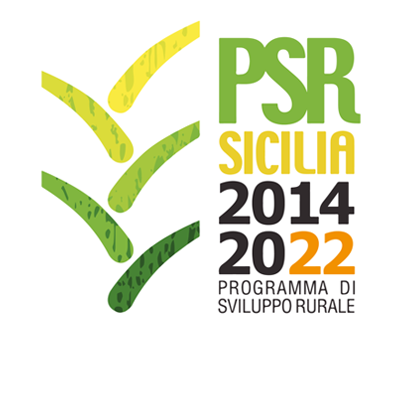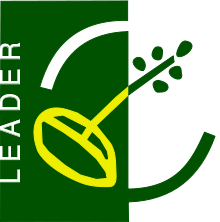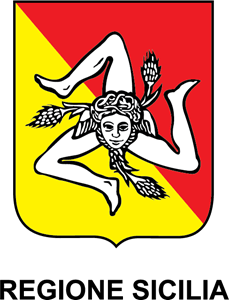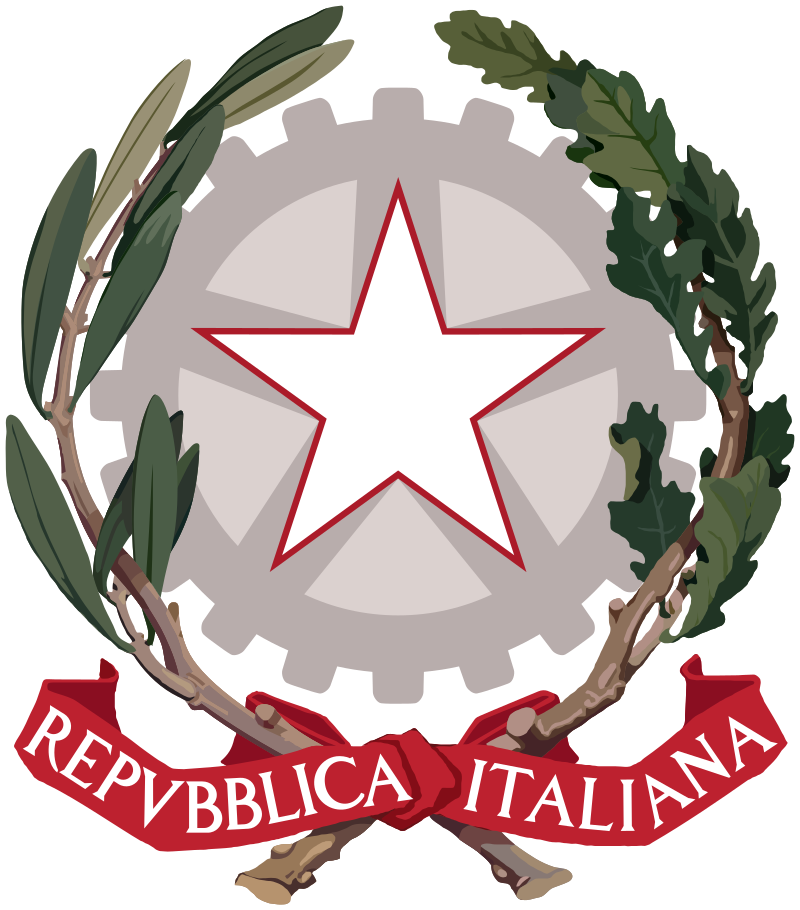SA Dairy Swiss
Country
Specie
ISO3
ZAF
Language
eng.
Transboundary name
Brown Swiss
Other name
Bruin Switser, Dairy Swiss, Brown Swiss
Breed classification (geographic)
International
Color comments
uni coloured: light brown
Number of horns males
0
Number of horns females
0
Weight males
1110.00
Weight females
735.00
Herdbook
y
Herdbook established
1954
Domestication status
domestic
Taxonomic classification
Breed
Description of origin
The breed descended from Swiss, Austrian and German imports.
Year of origin
1907
Import
1907, Brown Swiss, Switzerland
Location within country
Free State, Northern Cape, KwaZulu-Natal midlands and Mpumalanga Provinces
Local cryo conservation status
No Material
Local Risk
At Risk
Detailed local risk status
Critical
International Transboundary Risk detailed
Not at Risk
SA Friesland
Country
Specie
ISO3
ZAF
Transboundary name
Holstein (black and white)
Breed classification (geographic)
International
Number of horns males
0
Number of horns females
0
Domestication status
domestic
Taxonomic classification
Breed
Description of origin
Locally adapted breed
Local cryo conservation status
No Material
Local Risk
Unknown
Detailed local risk status
Unknown
International Transboundary Risk detailed
Not at Risk
SA Angus
Country
Specie
ISO3
ZAF
Language
eng.
Transboundary name
Aberdeen-Angus
Other name
Aberdeen Angus
Breed classification (geographic)
International
Adaptability to specific environment
Animals of this breed are able to thrive extreme winters.
Color comments
uni coloured: black or red
Number of horns males
0
Number of horns females
0
Weight females
514.00
Herdbook
y
Domestication status
domestic
Taxonomic classification
Breed
Description of origin
imported from north-eastern Scotland
Year of origin
1835
Location within country
Free State, northern KwaZulu-Natal, Western Cape Provinces
Local cryo conservation status
Sufficient
Local Risk
Not at Risk
Detailed local risk status
Not at Risk
International Transboundary Risk detailed
Not at Risk
Rotbunte Schleswig Holsteiner
Country
Specie
ISO3
ZAF
Language
ger.
Other name
Red Pied Slesvig-Holstein
Breed classification (geographic)
Local
Number of horns males
0
Number of horns females
0
Herdbook
n
Domestication status
domestic
Taxonomic classification
Breed
Local cryo conservation status
No Material
Local Risk
Unknown
Detailed local risk status
Unknown
Romagnola
Country
Specie
ISO3
ZAF
Language
it.
Transboundary name
Romagnola
Breed classification (geographic)
International
Color comments
uni coloured: grey-white
Number of horns males
2
Number of horns females
2
Horn shape size and comments
lyre-shaped
Wither height males
155
Wither height females
141
Other specific visible traits
Podolian type
Herdbook
n
Domestication status
domestic
Taxonomic classification
Breed
Description of origin
The breed has been recently imported from Romagna, Italy. The animals are of podolian type and were improved with Chianina and Reggiana blood around 1850-80 and also contain Maremmana blood.
Local cryo conservation status
No Material
Local Risk
At Risk
Detailed local risk status
Endangered
International Transboundary Risk detailed
Not at Risk
Pustertaler
Country
Specie
ISO3
ZAF
Transboundary name
Pustertaler Sprinzen
Breed classification (geographic)
International
Number of horns males
0
Number of horns females
0
Domestication status
domestic
Taxonomic classification
Breed
Description of origin
recently imported
Local cryo conservation status
No Material
Local Risk
Unknown
Detailed local risk status
Unknown
International Transboundary Risk detailed
Not at Risk
Red Poll
Country
Specie
ISO3
ZAF
Language
eng.
Transboundary name
Red Poll
Other name
Rooi Poenskop
Breed classification (geographic)
International
Additional information comments
Endangered international breed.
Color comments
uni coloured: red
Number of horns males
0
Number of horns females
0
Weight females
485.00
Herdbook
y
Domestication status
domestic
Taxonomic classification
Breed
Description of origin
This breeds originates from England and is a composite of Norfolk Red and Suffolk Dun.
Location within country
Eastern Cape, Free State, Northern and North-west Provinces
Local cryo conservation status
No Material
Local Risk
At Risk
Detailed local risk status
Critical
International Transboundary Risk detailed
Not at Risk
Pinzgauer
Country
Specie
ISO3
ZAF
Transboundary name
Pinzgau
Breed classification (geographic)
International
Color comments
multi coloured: light-red to very dark chestnut brown, characteristic white pattern from withers over back to the tail setting - down to the thighs and along the underline as far forward as the brisket
Number of horns males
0
Number of horns females
0
Weight females
511.00
Herdbook
y
Herdbook established
1962
Domestication status
domestic
Taxonomic classification
Breed
Description of origin
imported from Namibia (origined from Austria)
Year of origin
1902
Location within country
northern KwaZulu-Natal, Eastern Cape, Free State, Northern Cape and Northern Provinces
Local cryo conservation status
Sufficient
Local Risk
At Risk
Detailed local risk status
Endangered maintained
International Transboundary Risk detailed
Not at Risk
Piedmontese
Country
Specie
ISO3
ZAF
Transboundary name
Piedmont
Breed classification (geographic)
International
Number of horns males
0
Number of horns females
0
Domestication status
domestic
Taxonomic classification
Breed
Local cryo conservation status
No Material
Local Risk
Unknown
Detailed local risk status
Unknown
International Transboundary Risk detailed
Not at Risk
Pedi
Country
Specie
ISO3
ZAF
Other name
Bapedi
Breed classification (geographic)
Local
Adaptability to specific environment
The breed is well adapted to the arid hot conditions of Sekhukhuneland.
Specific resistance or tolerance
This breed has a high level of tick and heat tolerance.
Specific reproductive characteristic
The breed is reported to be fertile and females are known for ease of calving
Special characteristic of product
Animals of this breed produce quality hides.
Color comments
uni coloured: white, grey <br>multi coloured: red
Number of horns males
2
Number of horns females
2
Horn shape size and comments
medium sized, lyre shaped
Weight females
391.00
Other specific visible traits
Sanga type
Herdbook
n
Domestication status
domestic
Taxonomic classification
Variety
Description of origin
Ecotype of Nguni, a Sanga cattle breed which migrated into South Africa with nomadic Iron Age people between the 3rd and the 7th century. The population is regarded as a landrace. Nguni ecotype.
Location within country
Sekhukhuneland (Northern Province) and Mpumalanga Province
Local cryo conservation status
No Material
Local Risk
Unknown
Detailed local risk status
Unknown
